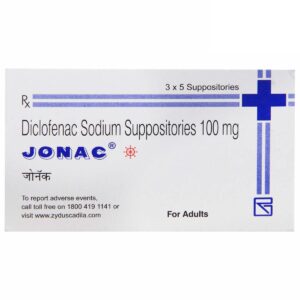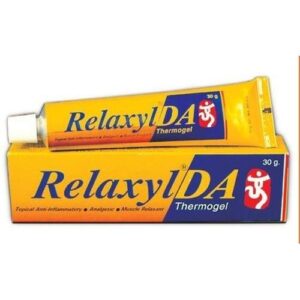DICLOFENAC DIETHYLAMMONIUM
DICLOFENAC DIETHYLAMMONIUM: Diclofenac diethylammonium is a nonsteroidal anti-inflammatory drug (NSAID) that is used to relieve pain and reduce inflammation in various conditions, such as rheumatoid arthritis, osteoarthritis, ankylosing spondylitis, and acute gout. It is available in the form of gel or cream and is applied topically on the affected area.
The mechanism of action of diclofenac diethylammonium involves inhibiting the production of prostaglandins, which are responsible for pain, inflammation, and fever. By blocking the enzyme cyclooxygenase (COX), which is involved in prostaglandin synthesis, diclofenac reduces the inflammatory response, thereby relieving pain and swelling.
The recommended dose of diclofenac diethylammonium gel or cream is typically 2-4g applied to the affected area 3-4 times a day. However, it is important to follow the specific instructions provided by the healthcare professional or mentioned on the medication label.
As with any medication, diclofenac diethylammonium may cause certain side effects. Common side effects include skin irritation, itching, redness, rash, and dryness at the site of application. These local side effects are usually mild and temporary. However, if any severe reactions occur, such as severe skin rash or difficulty breathing, medical attention should be sought immediately.
It is important to note that diclofenac diethylammonium should only be used as directed and should not be applied to broken or damaged skin or near open wounds. It is also recommended to avoid applying excessive amounts or using it for an extended period of time without consulting a healthcare professional.


